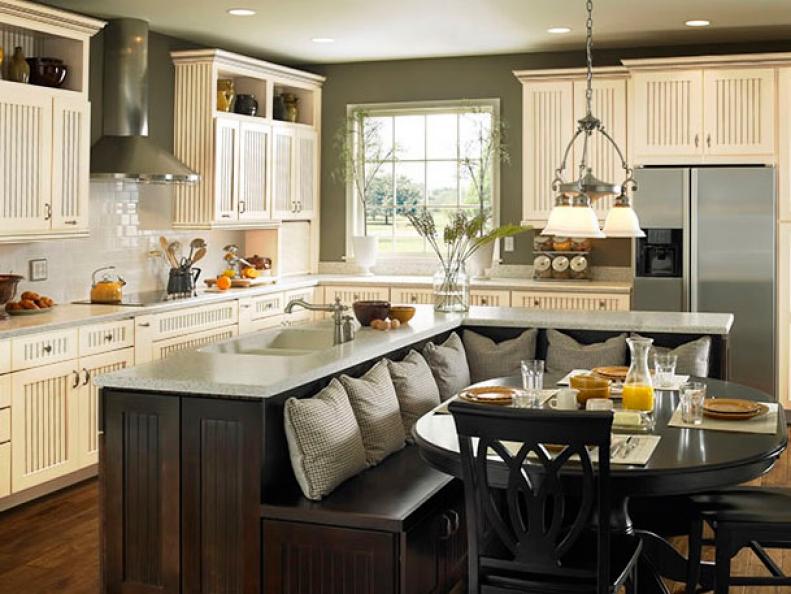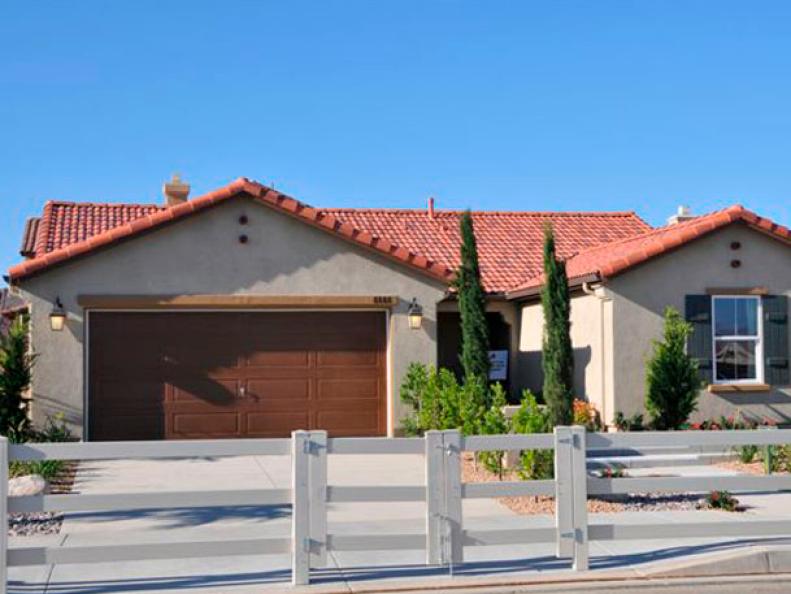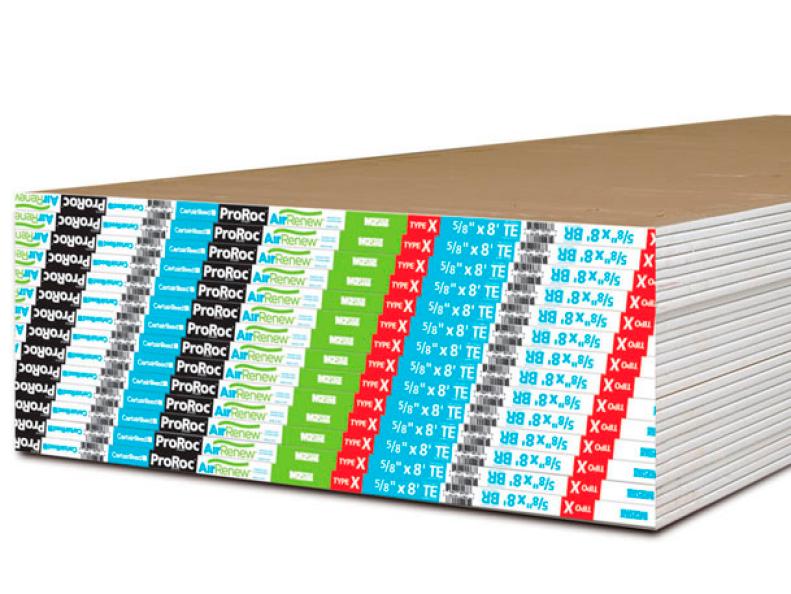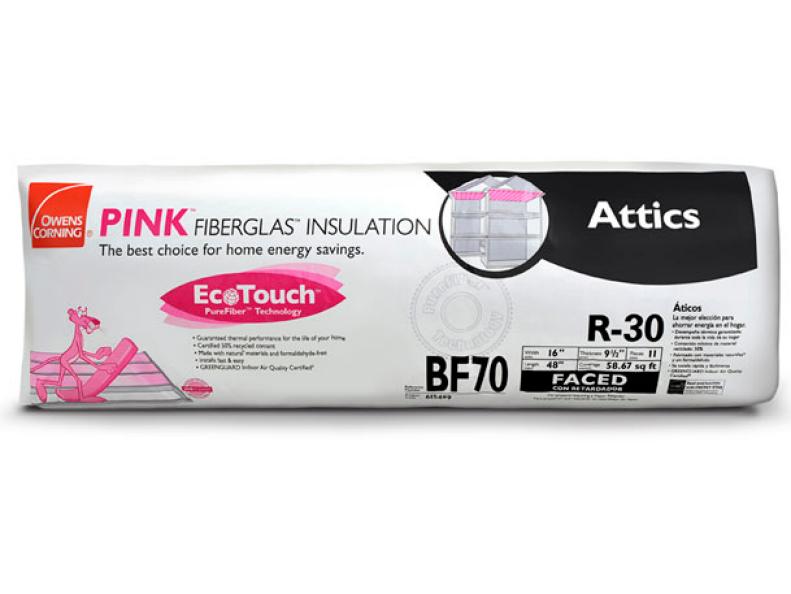1 / 10
Formaldehyde-Free Cabinets
That "new cabinet" smell might be bad for your health: Plywood adhesives used by many manufacturers contain VOC formaldehyde, a known carcinogen. Armstrong Cabinetry changes all that with its Origins Series. Cabinetry is made with PureBond, a soy-based adhesive that contains no urea-formaldehyde. What's more, the wood is derived responsibly from managed forests, and then enhanced with a proprietary resin, giving it particularly strong bonding and water-resistance qualities.









